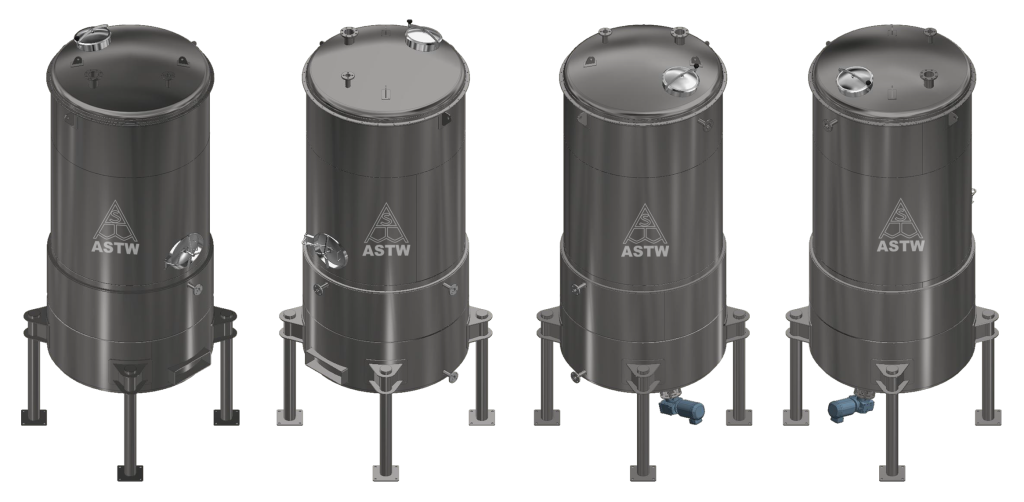
OIL PROCESSING TANKS
A & S THAI WORKS CO., LTD
Fats and oils processing in rendering and fish industry
Most fish and animals contain fats and oils that is separated in high temp and low temp rendering processes.
The world market for fats and oils is about 240 billion USD per year.
Fats and oils have a wide range of uses as – edible and refined = food grade, and – non edible = animal feed, chemical, cosmetics, paints and raw material to make bio diesel
The difference between fats and oils is that those that stay solid at room temperatures are called fats while those that stay liquid at room temperatures are called oils. Chemically, each fat or oil molecule consists of three long strings of fatty acid molecules combined with a glycerol molecule. Fats melt to liquid when heated.
Fats & Oils Markets by Type
- (Vegetable Oils (Palm, Soybean, Rapeseed, Sunflower, and Olive), cold and hot pressing
- Animal Fats (Butter (dairy), Tallow and Lard, – hot pressing in rendering plant
- Animal Oils (Fish Oil, Chicken Oil) – hot pressing in rendering plant

Animal oils and fats are bound in the cells and must be heated (cooked) to about 80 to 95 degree C. to break the cell walls and make the fats and oils free flowing and separateable.
The cooked mass is separated to solids and liquids in a screw press or a high speed decanter separator, both at inlet about 95 deg C.
1) High temp. It presses out only the oils and fats from a high pressure press in a high temp process as the water has already been evaporated.
- The fats and oil are then clarified in a vertical high speed separator
2) Low temp. Mixed liquids such as water and fats and oils exit from a twin screw press in a low temp process.
- The two liquids, water and oil are then separated in a decanter (plus solids)
- The fats and oil are then clarified in a vertical high speed separator
After clarifying, the crude fats and oils contain about 0.2% remaining water and solids.
Quality (freshness) of fats and oils are measured in FFA = Free Fatty Acid Superb quality is 0.5 – 1% FFA, good quality is 2-3% FFA (rendering)
Free fatty acids (FFA) in plant oils and fats (e.g. edible oils and fats) are a quality feature for these fats and also reflects on the freshness of the raw material.
Fats with high levels of FFA are more susceptible to oxidative aging, they become rancid more quickly.
The FFA should be removed during a refining process.
High FFA is more expensive to remove.

Refining of crude fats and oils is more a chemical treatment process and is carried out in a separate plant. The end product gets a higher price.
Edible oils and fats, both vegetable and animal, are fully refined to improve the flavor, odor, color and stability.
Oils and fats for industrial use may be fully or partially refined, removing the unwanted compounds that affect the quality of the end product. The four main refining process steps are:
- degumming
- neutralizing
- bleaching
- deodorizing.

